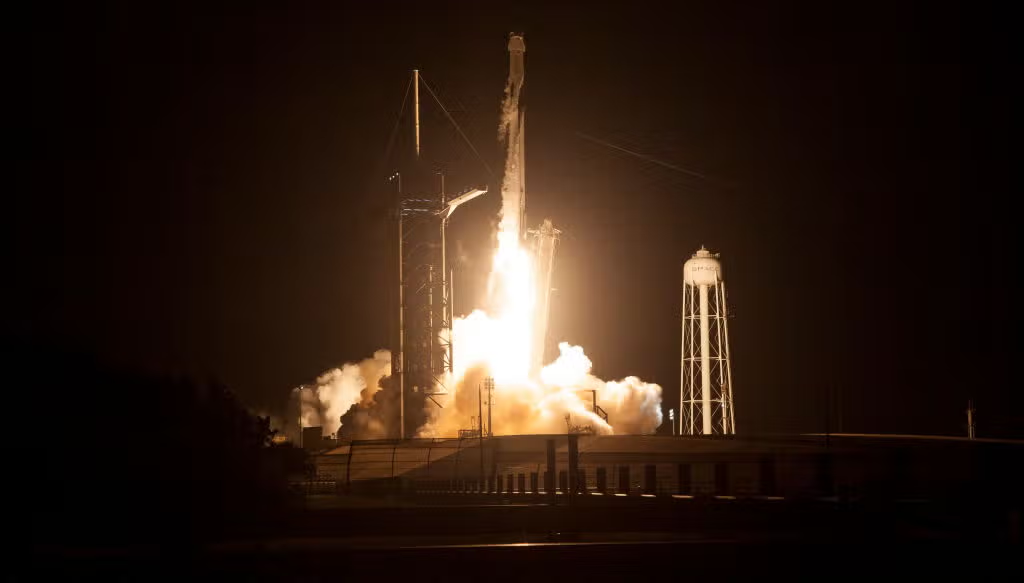SpaceX Launches Ants, Plants and Avocados to Space Station
A SpaceX shipment of ants, plants and avocados were just a few of many items blasted off toward the International Space Station yesterday (August 29). According to KSL, the delivery…

A SpaceX Falcon 9 rocket carrying the company’s Crew Dragon spacecraft is launched on NASAs SpaceX Crew-2 mission to the International Space Station with NASA astronauts Shane Kimbrough and Megan McArthur, ESA (European Space Agency) astronaut Thomas Pesquet, and Japan Aerospace Exploration Agency (JAXA) astronaut Akihiko Hoshide onboard, Friday, April 23, 2021, at NASAs Kennedy Space Center in Florida.
Joel Kowsky/NASAA SpaceX shipment of ants, plants and avocados were just a few of many items blasted off toward the International Space Station yesterday (August 29).
According to KSL, the delivery is due to arrive today, marking the company's 23rd trip for NASA in the last ten years. A recycled Falcon took off early Sunday morning from NASA's Kennedy Space Center in Florida. After hoisting the Dragon capsule, the first-stage booster landed upright on SpaceX's newest ocean platform, named "A Shortfall of Gravitas."
SpaceX founder Elon Musk continued his tradition of naming the booster-recovery vessels in tribute to the late science fiction writer Iain Banks and his Culture series.
The Dragon is carrying more than 4,800 pounds of supplies and experiments, and fresh food including avocados, lemons and ice cream for the space station's seven astronauts.
The Girl Scouts are sending up ants, brine shrimp and plants as test subjects, while University of Wisconsin-Madison scientists are flying up seeds from mouse-ear cress, a small flowering weed used in genetic research. Samples of concrete, solar cells and other materials also will be subjected to weightlessness.
A Japanese start-up company's experimental robotic arm will attempt to screw items together in its orbital debut and perform other mundane chores normally done by astronauts. The first tests will be done inside the space station. Future models of Gitai Inc.'s robot will venture out into the vacuum of space to practice satellite and other repair jobs, said chief technology officer Toyotaka Kozuki. He believes that a squad of these arms could help build lunar bases and mine the moon for precious resources as early as 2025.
Musk, 50, tweeted, "SpaceX will try to catch largest ever flying object with robot chopsticks. Success is not guaranteed, but excitement is!"
SpaceX had to leave some experiments behind because of delays resulting from COVID-19.
NASA turned to SpaceX and other U.S. companies to deliver cargo and crews to the space station, once the space shuttle program ended in 2011.







